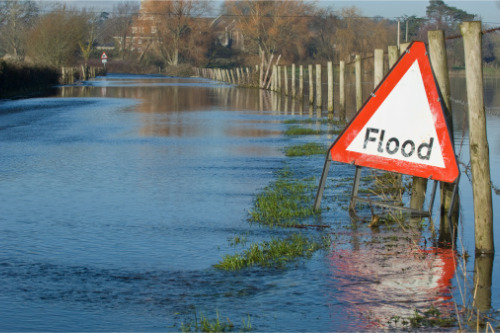

The severity of the Canterbury flooding has caused it to be classified as a one in 200-year event, and scientists have said that the likelihood of more ‘extreme’ weather has increased due to climate change.
A rain gauge in Mount Somers recorded 526mm of rain at the height of the flooding - the most it has ever recorded in a 48hour period. National Institute of Water and Atmospheric Research (Niwa) climate scientist Dr Trevor Carey-Smith said the duration of the heavy rainfall was particularly noteworthy, with rain gauges across the region recording the kind of rainfall that is only expected once every 200 years.
“These results show how widespread this event was,” Carey-Smith commented.
Read more: Canterbury post-flood cleanup continues
“All of Niwa’s calculations assumed that the probability of extreme rainfall had not altered, when, in reality, the likelihood of extreme events is expected to increase due to climate change.”
Commenting on the fallout, Vero said that claim volumes and values were still going up, with the vast majority of the claims coming from the region’s rural community. Executive manager SME and rural insurance Chris Brophy said Vero was still expecting to see more ‘substantial’ claims come in for land damage, losses and emergency payments.
“It was certainly a huge event around the rural areas, and there have been some devastating losses to farmers and residents around the region, particularly those who were near the rivers that broke their banks,” Brophy said.
“Debris has been washed through their land and wiped out their fences, so we’ve had a lot of claims around that sort of damage.”
Read more: Kiwi insurers extend support for residents affected by Canterbury floods
“There’s a lot still to come in,” he explained.
“The rural claims seem to be gathering momentum rather than petering out at the moment, as many people are just starting to have a look and assess the damage that has been done. We’ve received some fairly substantial claims now, and we’re making sure to get our people out there to get in touch with customers, get everything assessed and get some emergency payments to them.
“We’re trying to expedite that as much as possible, and I’d say approximately 60-70% of the claims we have coming in are from rural areas.”
